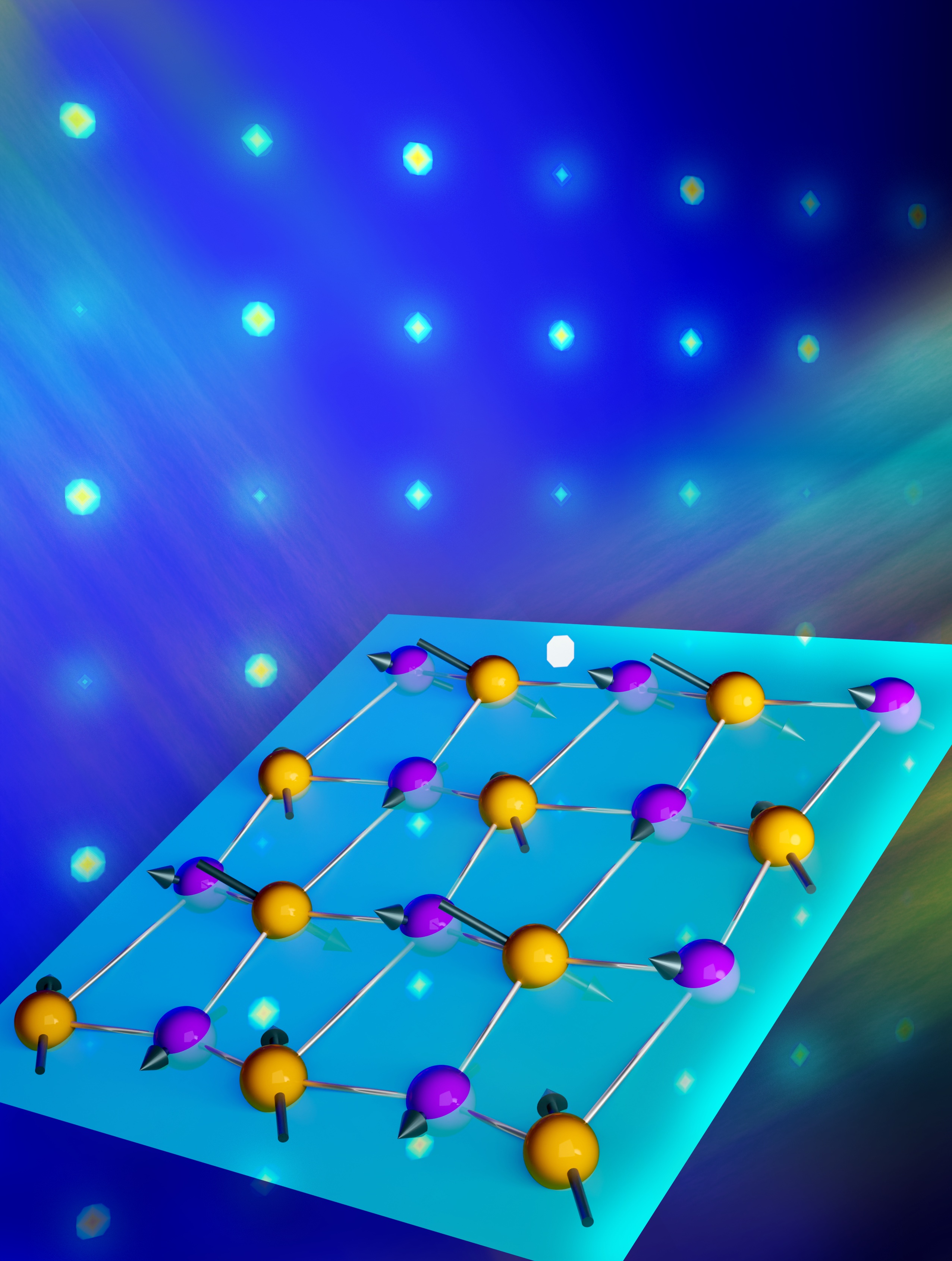Physical Behavior of Materials
This research area supports basic research on the behavior of materials in response to external stimuli, such as temperature, electromagnetic fields, chemical environments, and the proximity effects of surfaces and interfaces. Emphasis is on the relationships between properties (such as electrical, magnetic, optical, electrochemical, and thermal) and the microstructure and defects in the material. Included within the research area are research to establish the relationship of crystal structure and defects to semiconducting, superconducting, optical and magnetic properties; phase equilibria and kinetics of reactions in materials in hostile environments; and diffusion and transport phenomena. The areas targeted for increased emphasis include materials research to support future microelectronics and light-matter interactions in the fields of excitonics, plasmonics, spintronics and quantum phenomena. Growth areas include understanding of microscopic control in quantum materials, which ultimately fulfills the promise of materials-by-design in quantum systems. Areas targeted for decreased emphasis in this program include conventional semiconductor physics, and research focused on theory and modeling of defects in crystals and their influence on the structural properties of materials (topics covered by the Mechanical Behavior and Radiation Effects program). Basic research is also supported to develop new instrumentation, including in situ experimental tools, and to probe the physical behavior encountered in energy environments.
The research supported by this program provides the foundational understanding necessary to improve the ability of materials to efficiently generate, transport and store energy. Materials in energy-relevant environments are increasingly being exposed to extreme temperatures, strong magnetic fields, and hostile chemical conditions. A fundamental understanding of how materials behavior is linked to the surroundings and treatment history is critical to the understanding of corrosion, photovoltaics, fast-ion conducting electrolytes for batteries and fuel cells, novel magnetic materials for low magnetic loss power generation, magnetocaloric materials for high-efficiency refrigeration, and new materials for high-temperature gasification.
To obtain more information about this research area, please see the proceedings of our Principal Investigators' Meetings. To better understand how this research area fits within the Department of Energy's Office of Science, please refer to the Basic Energy Science's organization chart and budget request.
For more information about this research area, please contact Dr. Refik Kortan.



